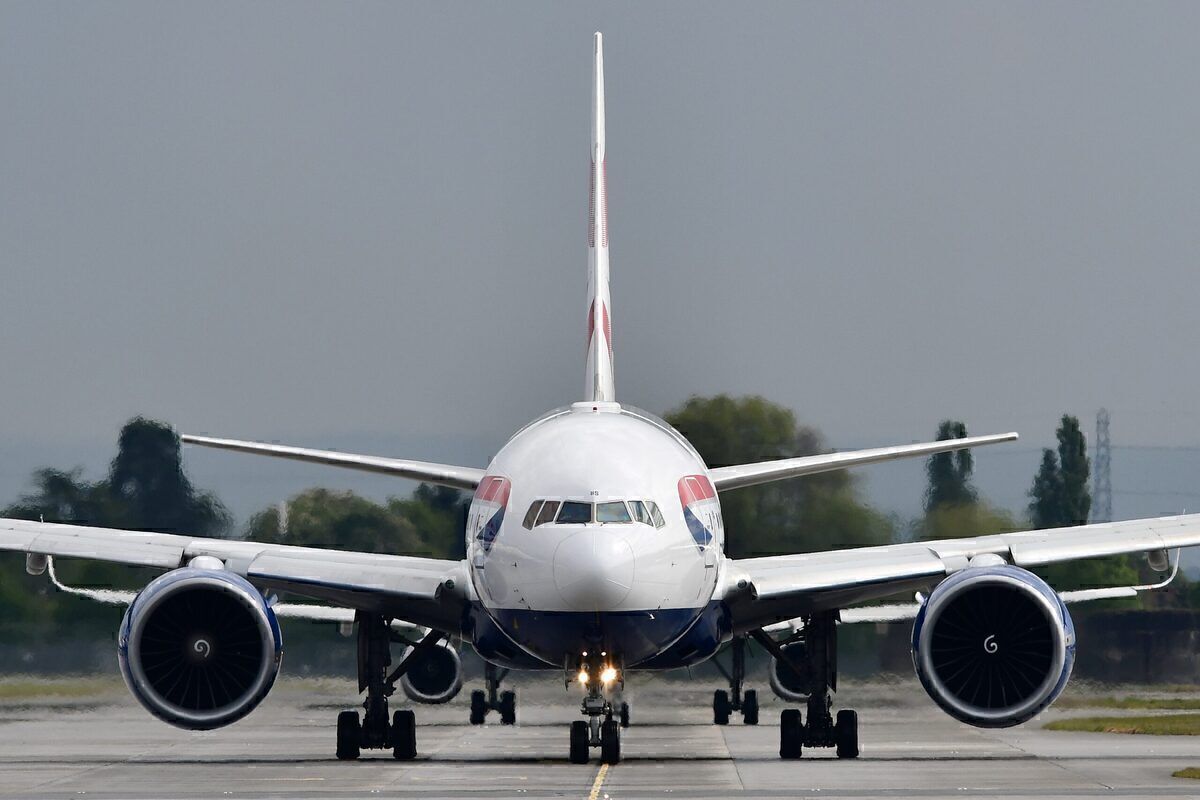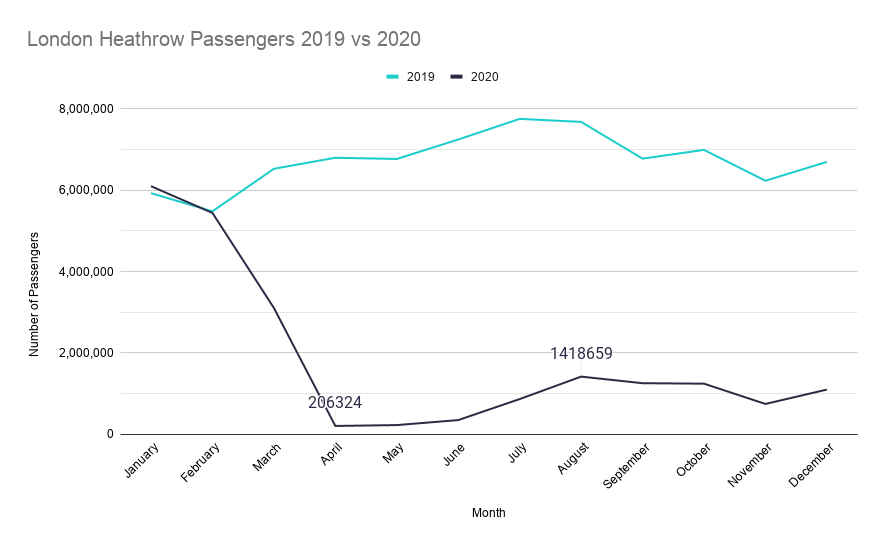As we move deeper into 2021, airlines, airports, and manufacturers have been releasing their results for the year. Across the board, passenger traffic has been far lower than expected at the start of the year. Heathrow let us know just how bad things have been for the airport.
For much of 2020, aviation was affected by global travel restrictions. These, in turn, led to fewer passengers traveling. Ultimately, this led to a vast reduction in flights, tied with the closure of some terminals and even entire airports. Towards the end of summer, things began to look up. However, now a second wave worse than the first is spreading through the UK.
22.1 million passengers
On the face of it, handling 22.1 million passengers doesn't seem at all bad for London Heathrow. However, when you compare this to the previous year, you can see that Heathrow had already managed this many passengers by mid-April in 2019.
Stay informed: Sign up for our daily aviation news digest.
Across the whole of 2019, the airport handled just shy of 81 million passengers. As such, the airport experienced a 72.7% decrease in passengers, equivalent to a loss of 58.5 million. The UK remains in a state of lockdown following the discovery of a new COVID-19 strain. As such, tied with travel restrictions, numbers aren't likely to get better soon.
While not flying to Heathrow, Ryanair, one of the UK's major operators, recently revealed that it had slashed its UK and Ireland schedule through to the end of March. This has seen capacities cut, and many routes (such as Frankfurt to London Stansted) completely cut.
Commenting on Heathrow's figures, John Holland-Kaye, CEO of the airport, said,
"The past year has been incredibly challenging for aviation. While we support tightening border controls temporarily by introducing pre-departure testing for international arrivals, as well as quarantine, this is not sustainable. The aviation industry is the cornerstone of the UK economy but is fighting for survival."
How did cargo do?
Things weren't rosy when it comes to cargo, either. Typically, 94% of cargo handled by London Heathrow is carried in the bellies of passenger aircraft. It goes without saying that if the passenger aircraft aren't flying to Heathrow, they can't carry cargo in their bellies. As such, the total cargo handled by London's primary airport dropped by 28.2%.
It hasn't all been bad news on the cargo front though. While it was forced to close half of its terminals, the airport played a vital role in supporting the flow of PPE into the United Kingdom. During 2020, the airport welcomed over 19,000 flights operated by passenger aircraft turned into makeshift freighters. This space's significant contributors would include both of Heathrow's home carriers, British Airways, and Virgin Atlantic. Both airlines have been working to keep the flow of PPE into the UK steady throughout the crisis.
What do you make of Heathrow's 2020 traffic figures? A disaster, or could it've been worse? Let us know what you think and why in the comments!



